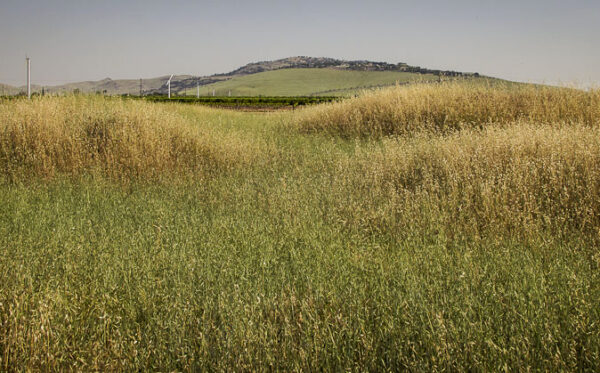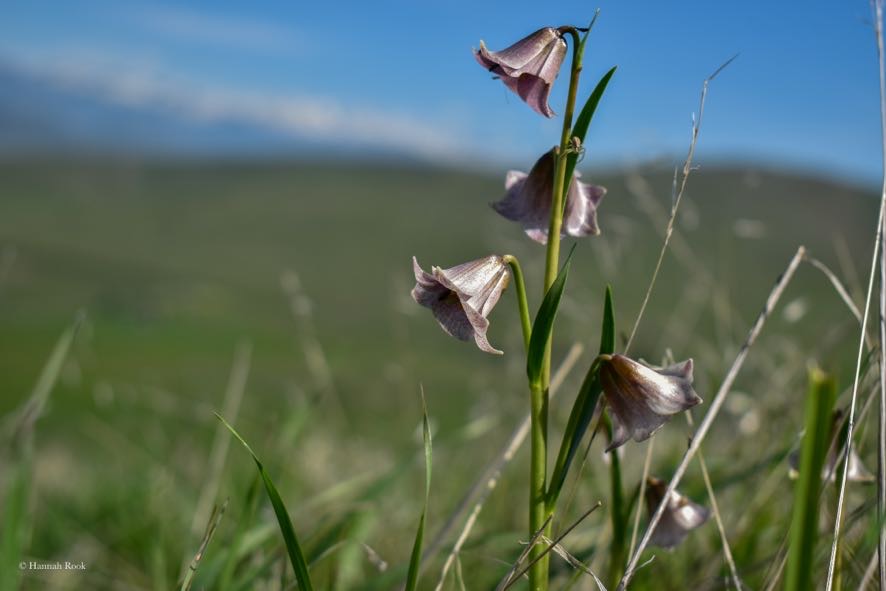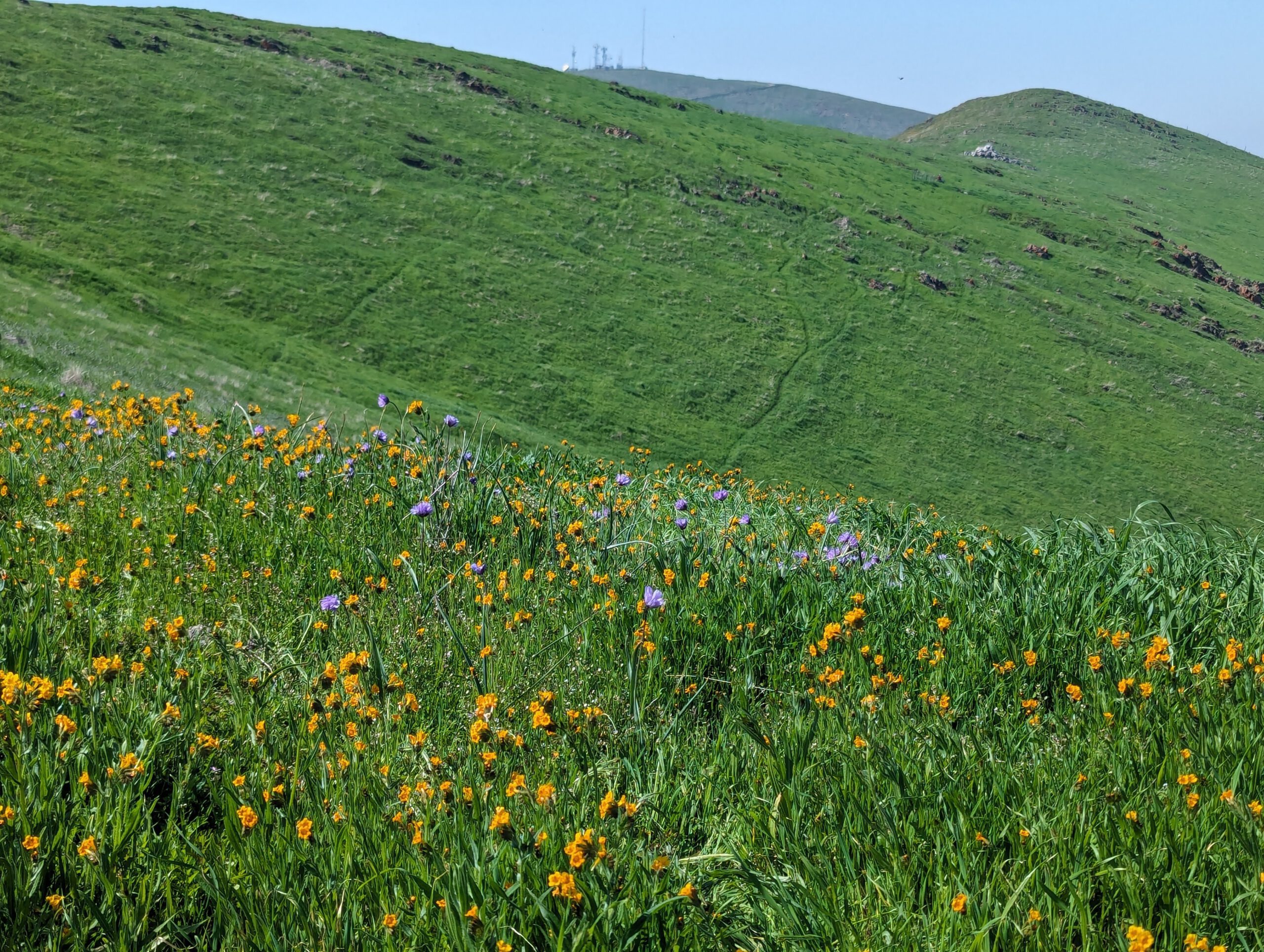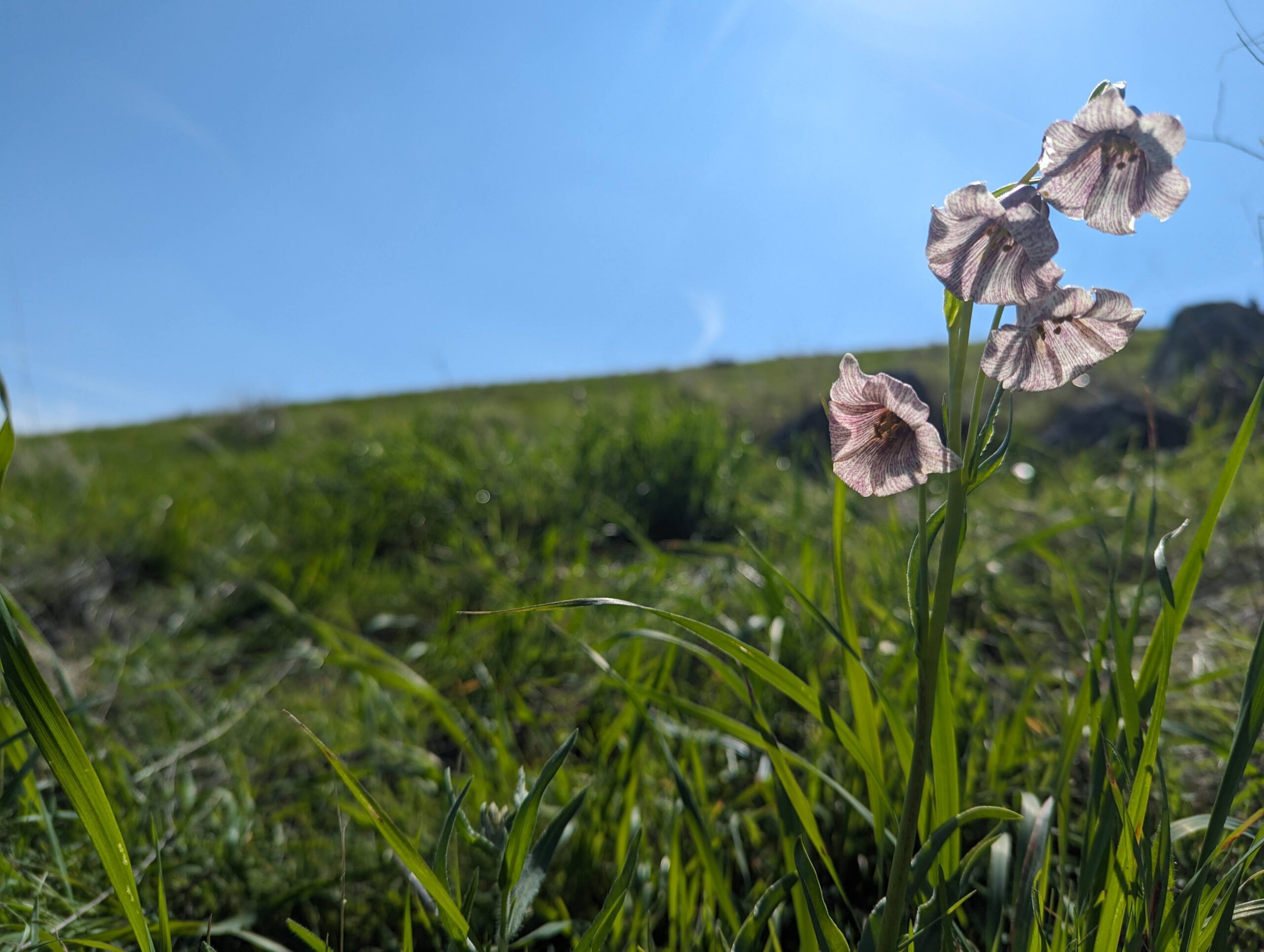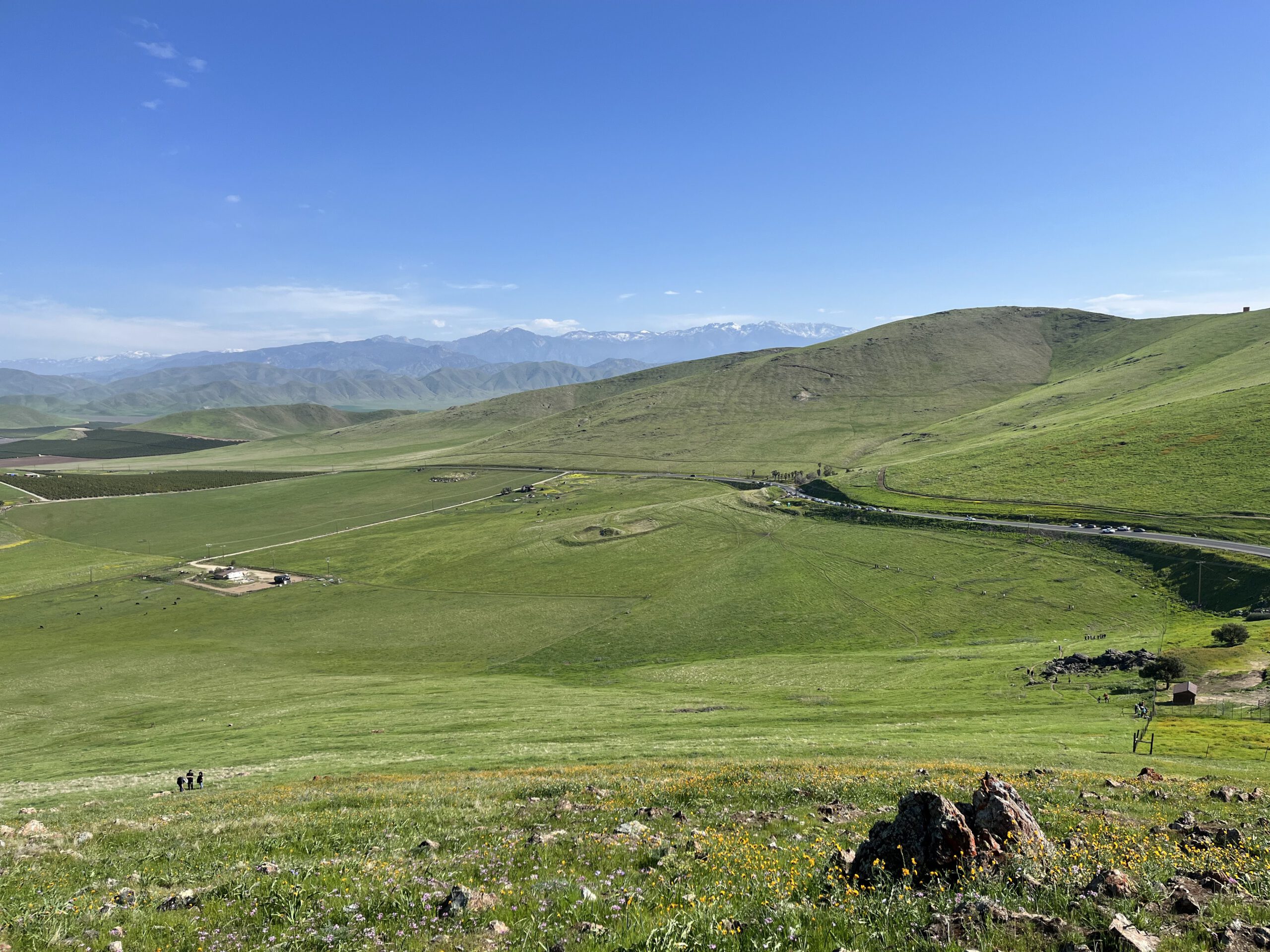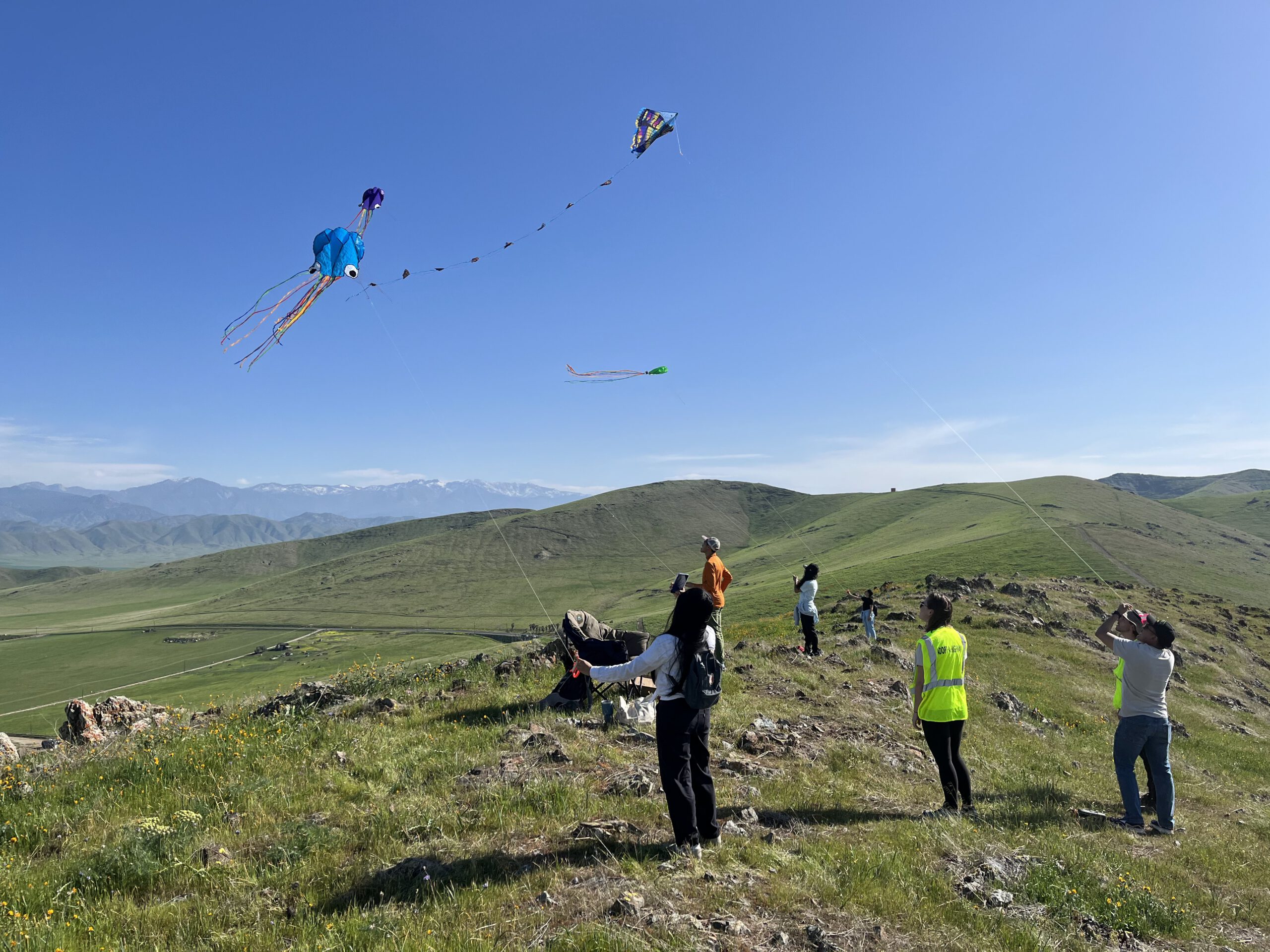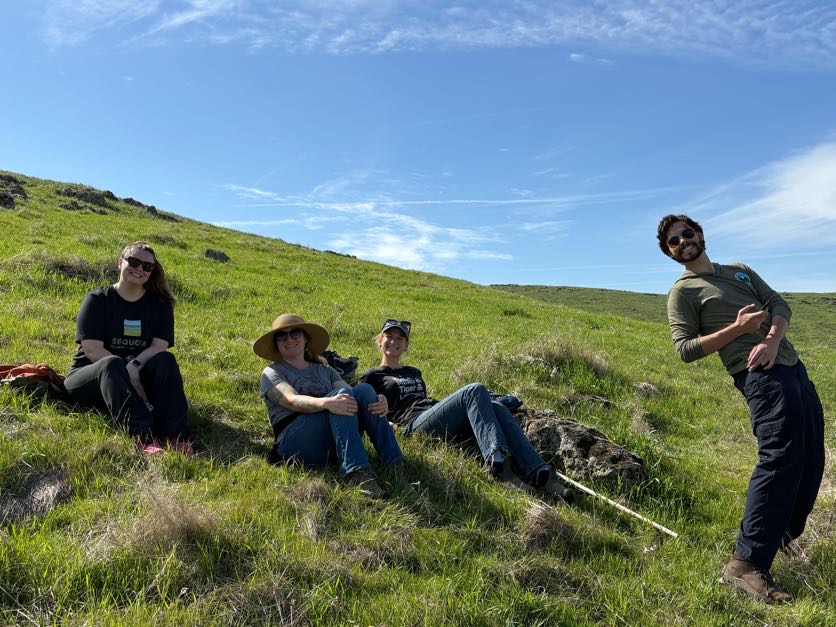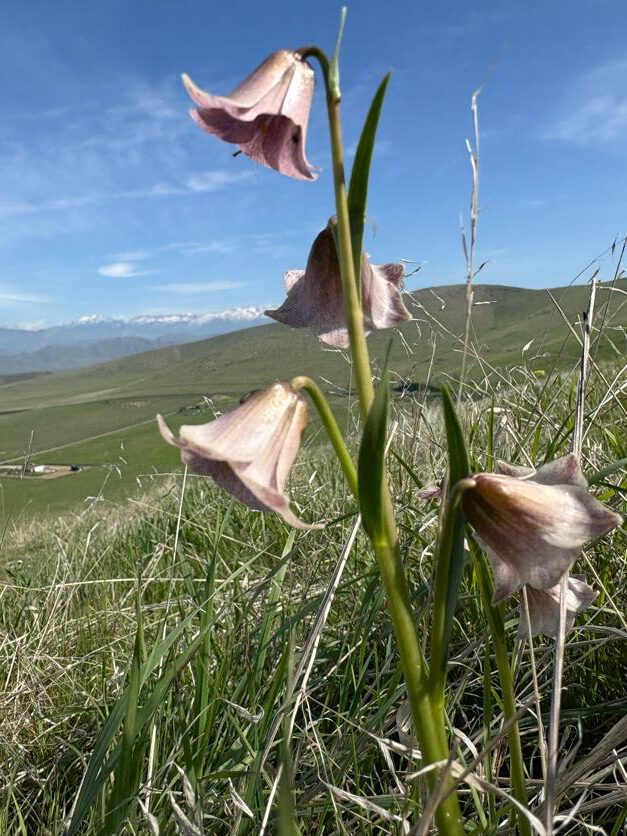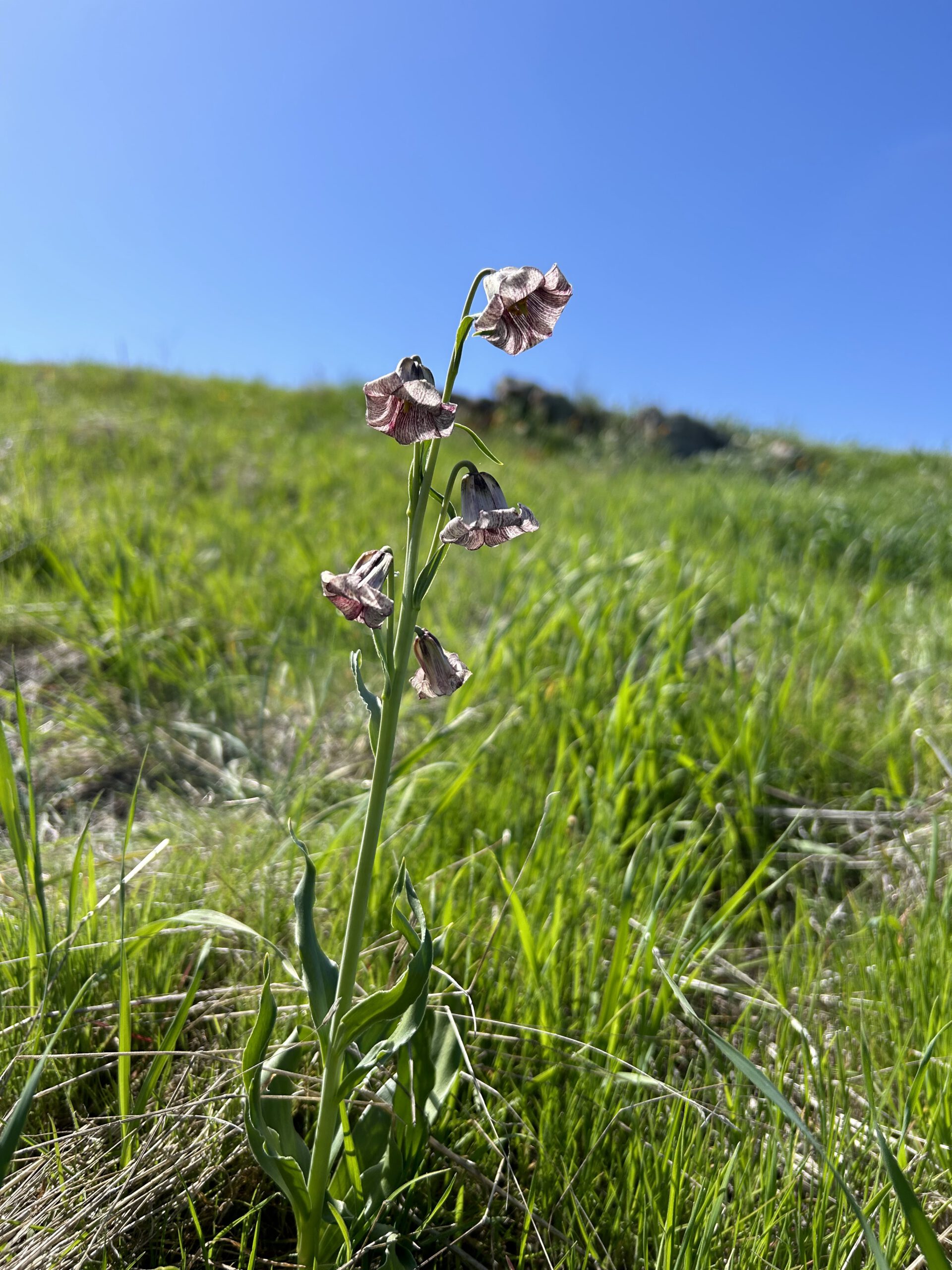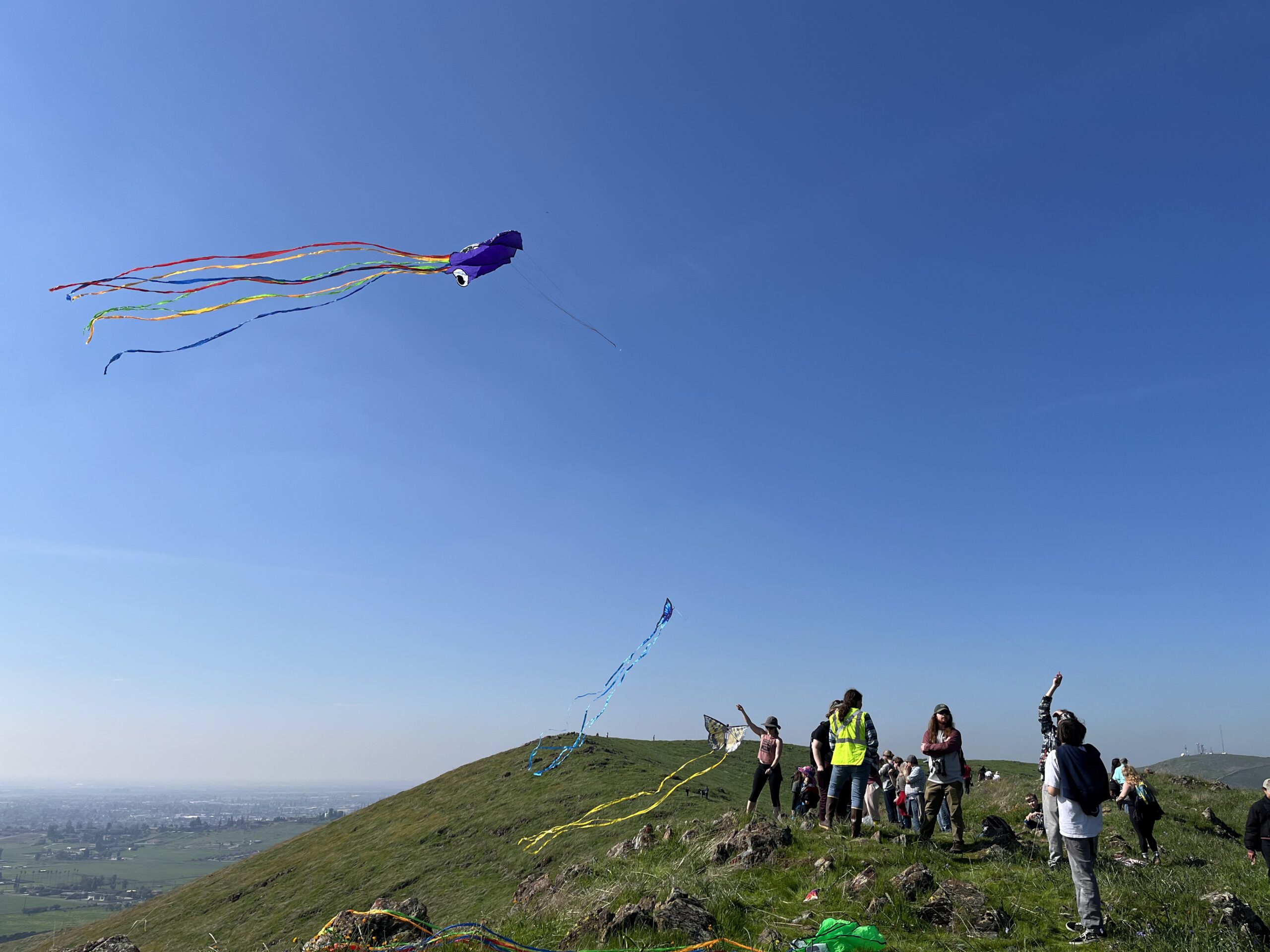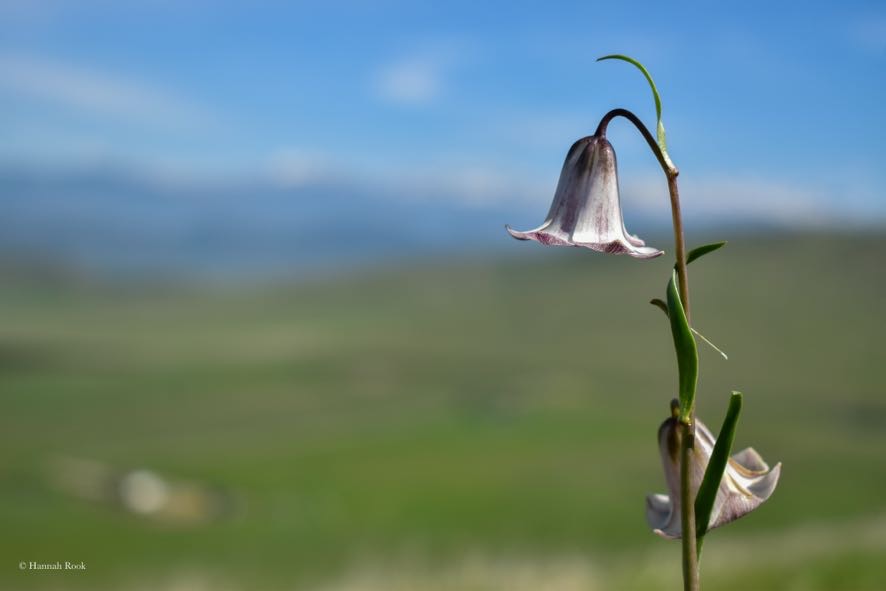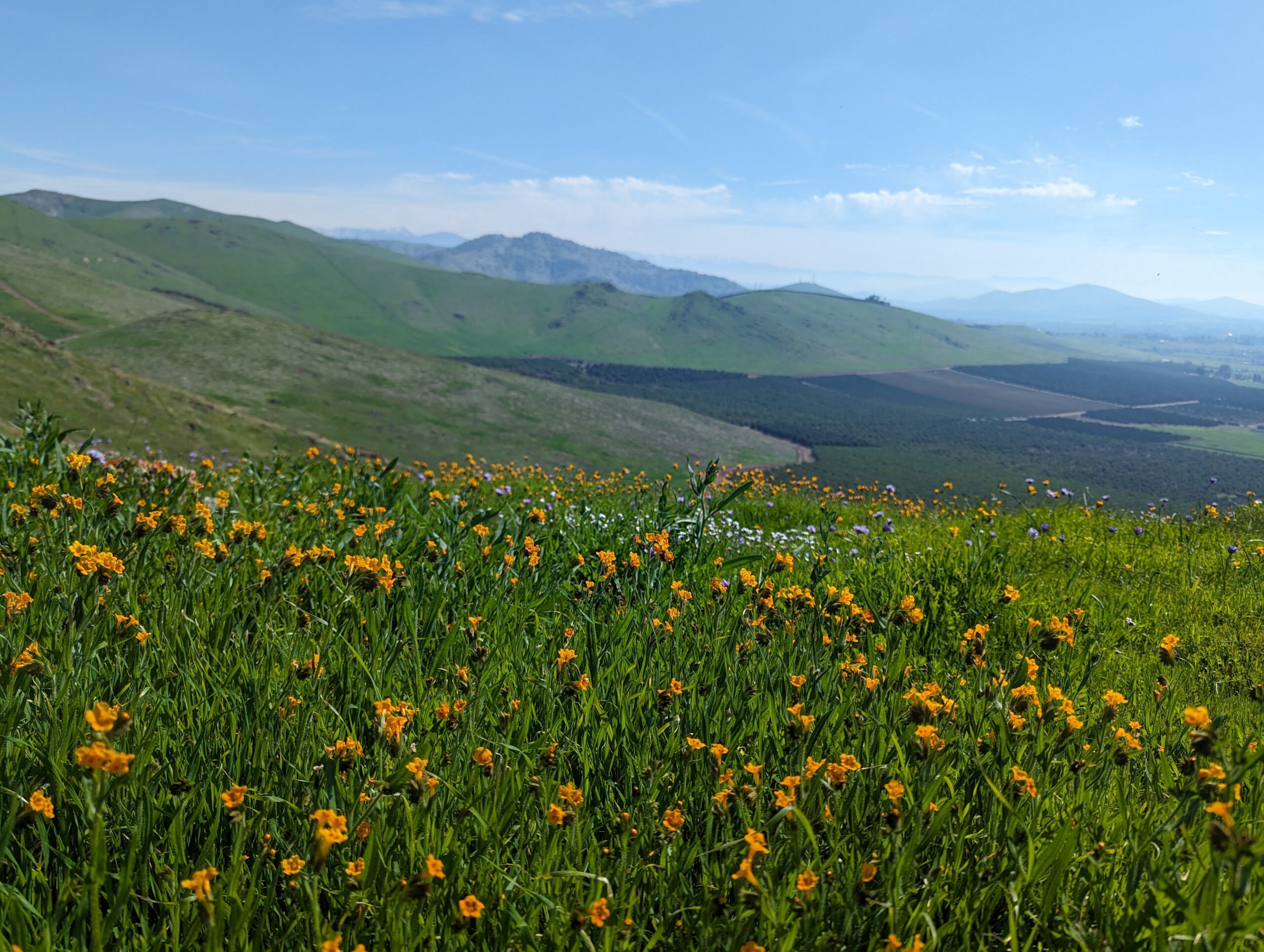
Lewis Hill Preserve
Getting There
What Makes Lewis Hill Preserve So Special?
This 110-acre grassy hill scattered with rock outcrops protects two rare and beautiful wildflower species: the striped adobe lily (Fritillaria striata) and San Joaquin adobe sunburst (Pseudobahia peirsonii).
The open grasslands and blue oak woodlands of the southern Sierra Nevada foothills provide critical habitat for these exceptional flowers at Lewis Hill Preserve. In 1994, the Hawkins family donated this property north of Porterville to the Kern River Research Center. Six years later, the title transferred to the Tule Oaks Land Trust, a predecessor organization that merged with other trusts to form Sequoia Riverlands Trust in 2001.
About The Flowers
Striped adobe lily (Fritillaria striata): state-threatened bulb former
- Only 20 occurrences in Tulare and Kern Counties, with only six documented in the last 20 years
- Roots grow down when the soil is wet, and when soil dries it pulls the bulb down, which keeps it protected
- Usually 2-3 flowers, in some years, a single stem can generate 7-8 flowers
- Threatened by agriculture, urbanization, and non-native plants; possibly threatened by vehicles and road maintenance
San Joaquin adobe sunburst (Pseudobahia peirsonii): federally threatened, state endangered
- A daisy that comes up in early April
- Found only in Tulare, Kern and Fresno counties
- Only 39 sites known; more than half of known occurrences are very small
- Seriously threatened by agriculture, grazing, development, non-native plants, road construction and maintenance, and flood control activities
Other wildflowers
- Fiddleneck (pale orange/yellow in color)
- California poppies (vibrant orange)
- Miners Lettuce (circular leaves)
Our Preserves
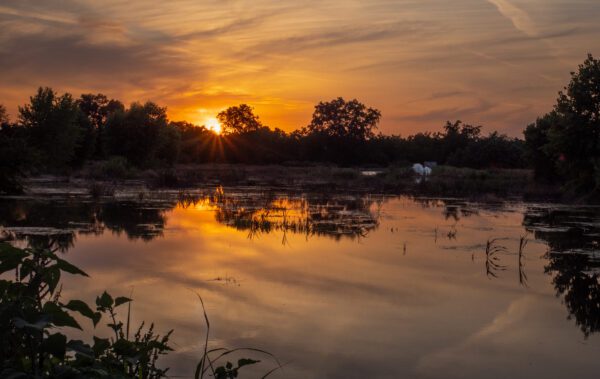
Kaweah Oaks
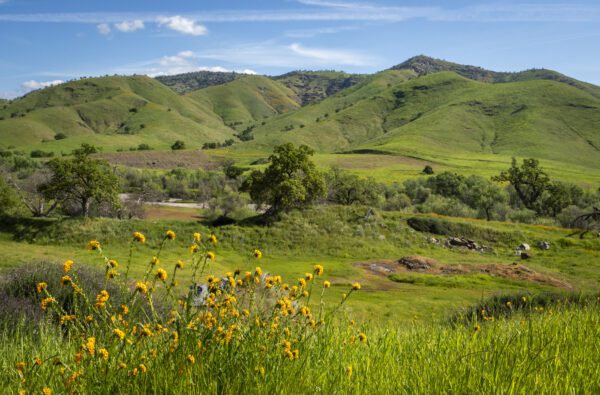
Dry Creek
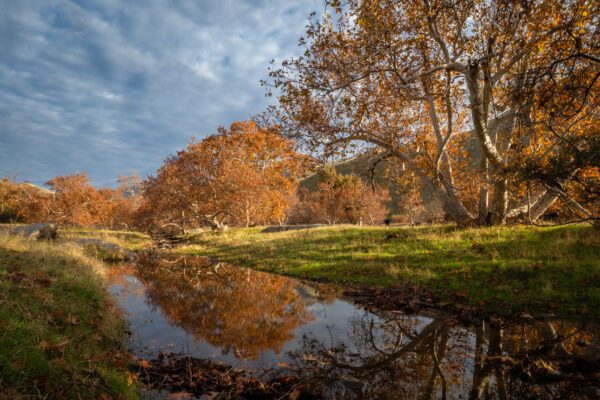
Homer Ranch
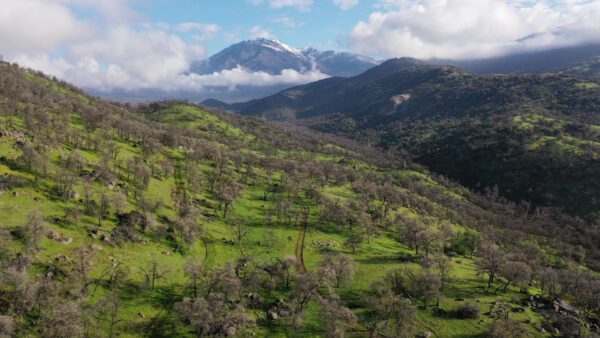
Blue Oak
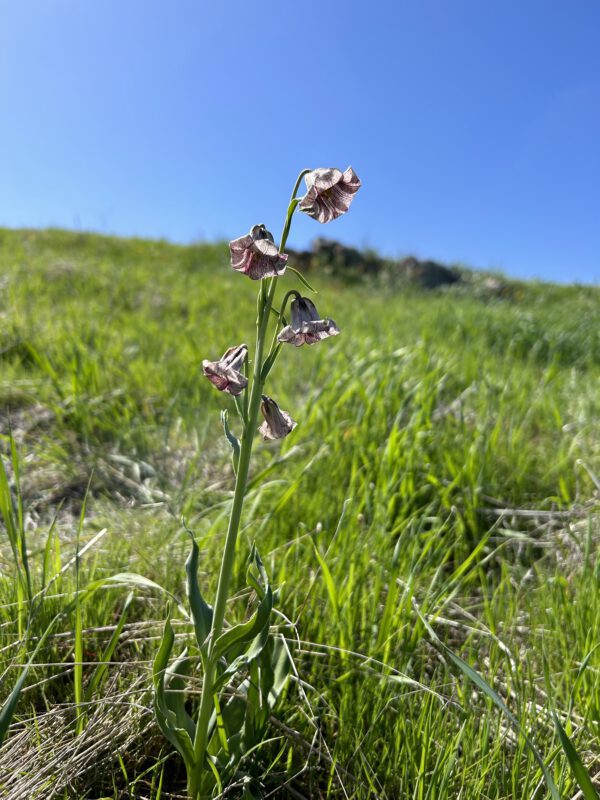
Lewis Hill
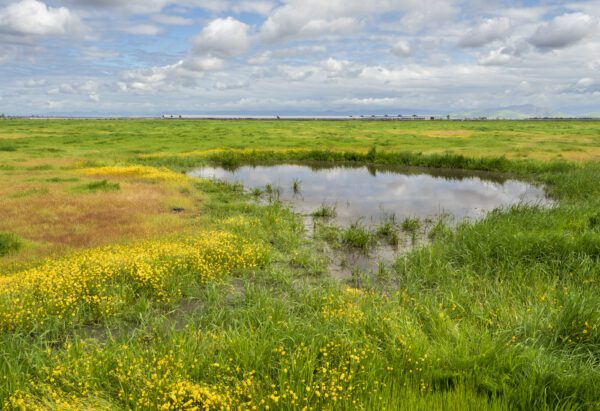
Herbert
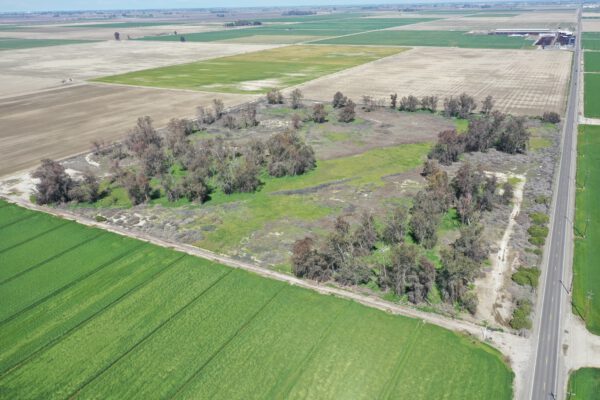
Clark
